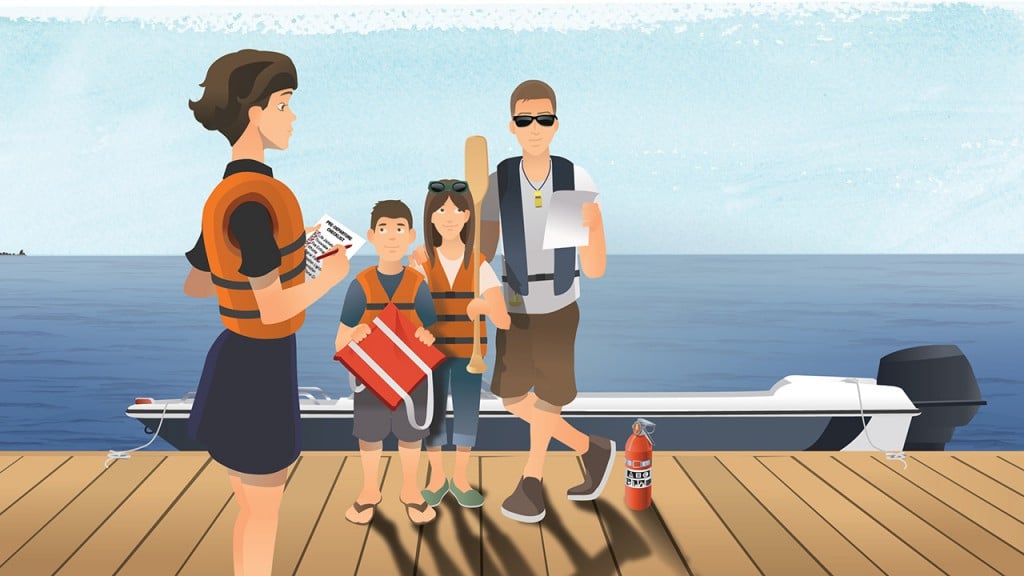What is a Trip Plan?
A trip plan (also known as a float plan or sail plan) is a document that outlines your expected travel itinerary while on the water. The document should be given to a responsible person on shore. In the event that you do not return from your trip on time, a trip plan can be used by search and rescue organizations to help pinpoint your whereabouts.
Safe Boating Tip
Your plan document should always be left with a responsible person who knows what to do in case of emergency. Even for a short boating trip, you should let a responsible person know where you will be boating, when you are expected to arrive home and the distinguishing features of your boat.
Preparing your Plan
A trip plan should include:
- The name of your pleasure craft
- License number of your pleasure craft
- Type of craft (power or sail)
- Size and colour of your pleasure craft
- Type of engine
- Distinguishing features of the pleasure craft
- Your name, address and telephone number
- Number of persons onboard
- Trip description including:
- Time of departure
- Time of return
- Proposed route
- Type of radiophone and channel monitored (if so equipped)
- List of safety equipment onboard including flares, life jackets, PFDs and life rafts
- Instructions in case of emergency
Filing your Plan
Where to File
Your plan should be filed on shore with a responsible person, a marina or with the local Canadian Coast Guard detachment. The person you file your trip plan with should know what to do in case of emergency.
Changing a Trip Plan
If you change plans during your trip, you should notify the person with whom you’ve filed the plan. Doing so will inform the person of your correct whereabouts and avoid a false alarm or unnecessary emergency actions.
On Return
Upon your return, you must remember to notify the person or organization with whom you filed the plan and inform them that you have returned safely. Failing to do so may result in a false alarm and the launch of a search and rescue operation.




